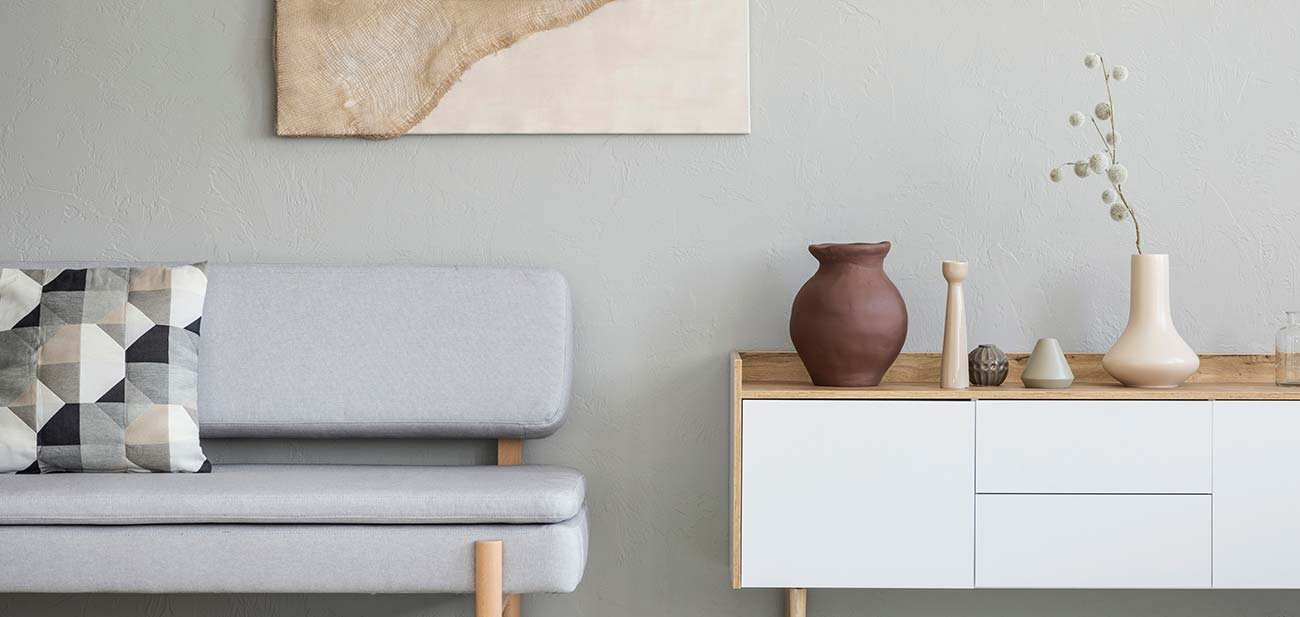
From Palaces to Modern Luxury
Home decoration is one of the oldest forms of artistic expression—an ever-evolving language of beauty, culture, and status. From ancient civilizations to today’s most refined interiors, fine house decoration has reflected the tastes, values, and innovations of its time. This article traces the evolution of high-end interior design and highlights how it has shaped, and continues to shape, our environments.
“Decoration is not a modern luxury; it’s a timeless human instinct.”
Ancient Beginnings: Egypt, Mesopotamia, and Rome
The roots of interior decoration date back thousands of years. In ancient Egypt, homes of the wealthy featured painted walls, decorative pottery, and elegant furniture carved from precious woods. Mesopotamian palaces were adorned with carved reliefs, textiles, and metalwork. The Romans brought refinement, emphasizing symmetry, marble, mosaics, and frescoes. These early civilizations laid the foundation for decorative sophistication.

The Middle Ages: Function over Form
During the medieval period, home decoration in Europe was primarily practical. Castles were fortified, and interiors were sparse. Yet, tapestries and carved wood added both insulation and visual interest. Religious symbolism often guided design, with Gothic arches and stone carvings making their way into grand residences.
The Renaissance and Baroque Eras: Opulence Reimagined
The Renaissance brought a revival of classical principles, symmetry, and proportion. Wealthy patrons filled their homes with art, sculpture, and finely detailed woodwork. Baroque design followed, emphasizing grandeur, dramatic contrasts, and luxurious materials like gold, silk, and velvet. Palace interiors from this era, such as Versailles, still influence luxury decoration today.
18th & 19th Century Europe: Rococo, Neoclassical, and Victorian Flourishes
France led the way in Rococo style—delicate, pastel-colored rooms with gilded moldings and floral motifs. Neoclassical design followed, inspired by Greco-Roman ideals, favoring simplicity, symmetry, and elegance.
The Victorian era introduced a new level of richness. With industrial advances, ornate wallpapers, plush furniture, and patterned rugs became accessible to the rising bourgeoisie. Homes were filled with layers of decoration, from stained glass to embroidered curtains.
“A well-decorated home was once a statement of social standing—it still is, only the language has changed.”
The 20th Century: From Art Deco to Modernism
The early 1900s saw the rise of Art Nouveau and Art Deco. These styles introduced bold geometry, luxurious materials like chrome and lacquer, and an emphasis on craftsmanship. The Bauhaus movement followed, advocating minimalism, functionality, and industrial design.
Mid-century modern brought sleek lines, organic forms, and innovative use of materials. Designers like Le Corbusier and Eames helped define a new era of smart, understated luxury.
Contemporary and Global Influences
Today, fine home decoration is a tapestry of global influences. Scandinavian minimalism, Japanese Zen aesthetics, Middle Eastern ornamentation, and Mediterranean warmth all find their place in luxury interiors.
Modern decorators value authenticity, personalization, and comfort. Natural materials, sustainable practices, and smart technology are central to today’s design language.
Luxury Today: More Than Just Opulence
In the contemporary sense, luxury is defined not only by cost but by craftsmanship, meaning, and experience. A finely decorated home today may feature:
Custom furniture and bespoke finishes
High-end lighting and curated art collections
Seamless integration of technology
Balance of form, function, and feeling
“Luxury in interiors now is about how a space makes you feel, not just how it looks.”
Conclusion: A Living Tradition
The history of fine house decoration is a story of culture, creativity, and evolution. While styles may shift and technology may redefine our homes, the desire to live beautifully remains unchanged. From palatial halls to modern penthouses, house decoration continues to express identity, status, and aspiration.
Whether you’re a designer, homeowner, or enthusiast, understanding this legacy helps appreciate the art—and soul—behind every beautifully crafted space.





Leave a Reply